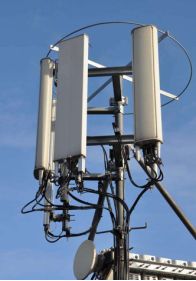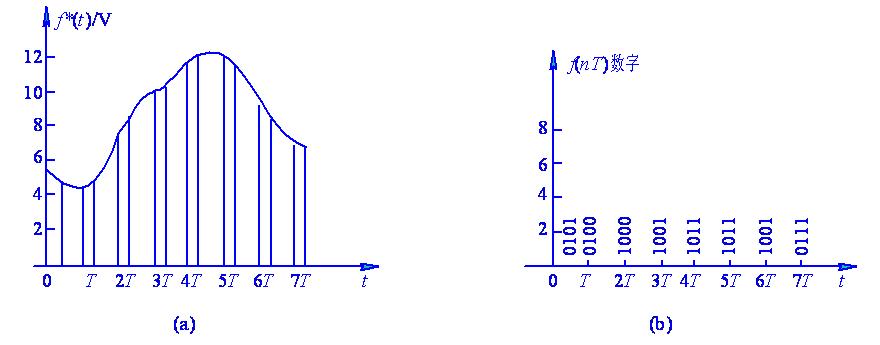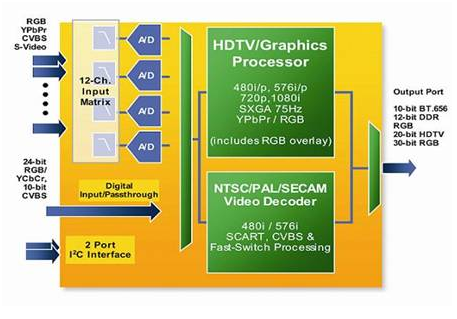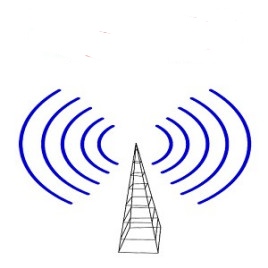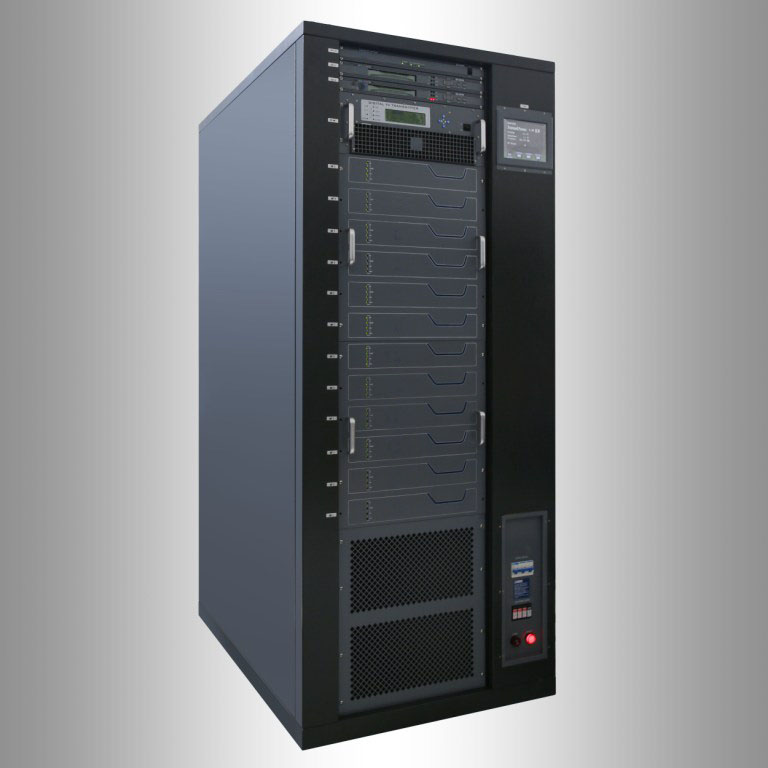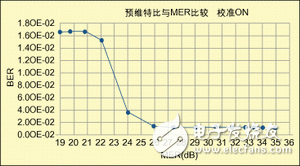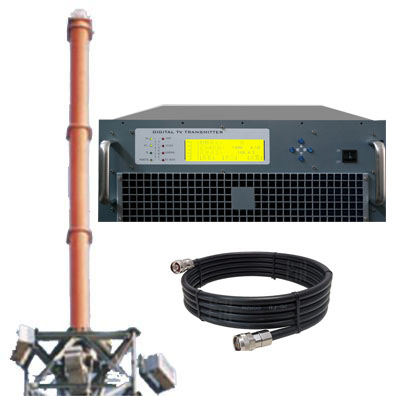Do you know the difference between analog and digital signals? Before we know that, we must know what is an analog signal and what is a digital signal.
What is an analog signal? An analog signal is a constantly changing physical quantity representation of a signal and information. For example, a radio signal, or signal, etc. Analog signals are continuous. If we put the information parameter in a certain range, then we can simulate the signal. In a continuous period of time, it represents the characteristic quantity of information, which can be instantly converted into any value of the signal.
The advantage of analog communication is that it is intuitive and easy to implement. But it has two major drawbacks. Analog communications, especially microwave and wired communications, are vulnerable to eavesdropping. Once the analog signal is received, it is easy to obtain the communication information. When the signal is transmitted along the cable path, it will be disturbed by various noises from its internal communication system or external space. These noise interferences and signals are difficult to separate, degrading the communication quality. The longer the cable, the more noise builds up.
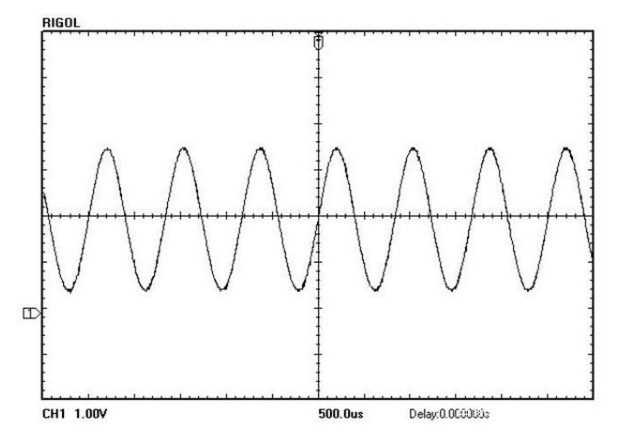
We can see that this signal is continuously changing. At each moment of a cycle have different voltage values corresponding? Headphones work on analog signals in our lives. What is a digital signal? A digital signal is a dispersion of a signal with independent and dependent variables. Independent variables are usually represented by integers, while dependent variables are represented by a limited number of numbers.
Digital signals are discrete. Its amplitude is limited to a certain value. Binary code is a digital signal. The noise effect of binary coding is small. It is easily processed by digital circuits. Therefore, the wide application of binary encoding.
Because “0” and “1” are represented by two different physical states of digital signals, their resistive materials have stronger anti-interference ability than analog signals. In current signal processing technology, digital signal becomes more and more important. Almost all complex signal processing is inseparable from digital signals. Or it can be said that only we can use mathematical formulas to express the method of solving problems, and we can use computers to process digital signals to represent physical quantities.
Analog signals and digital signals can be converted to each other. Analog signals are usually quantized and converted to digital using the PCM (Pulse Code Modulation) method. The PCM method is to make different ranges of analog signals correspond to different binary values. For example, if we use 8-bit codes, we can quantize an analog signal to 2^8 = 256 orders of magnitude. In practice, we often use 24-bit or 30-bit codes. Typically, a digital signal is converted to an analog signal by phase shifting a carrier. Computers, local area networks, and metropolitan area networks all use binary digital signals. At present, the actual transmission of the wide area network includes both binary digital signals and analog signals converted from digital signals. But because of its broader application prospects, digital signals are more commonly used.
